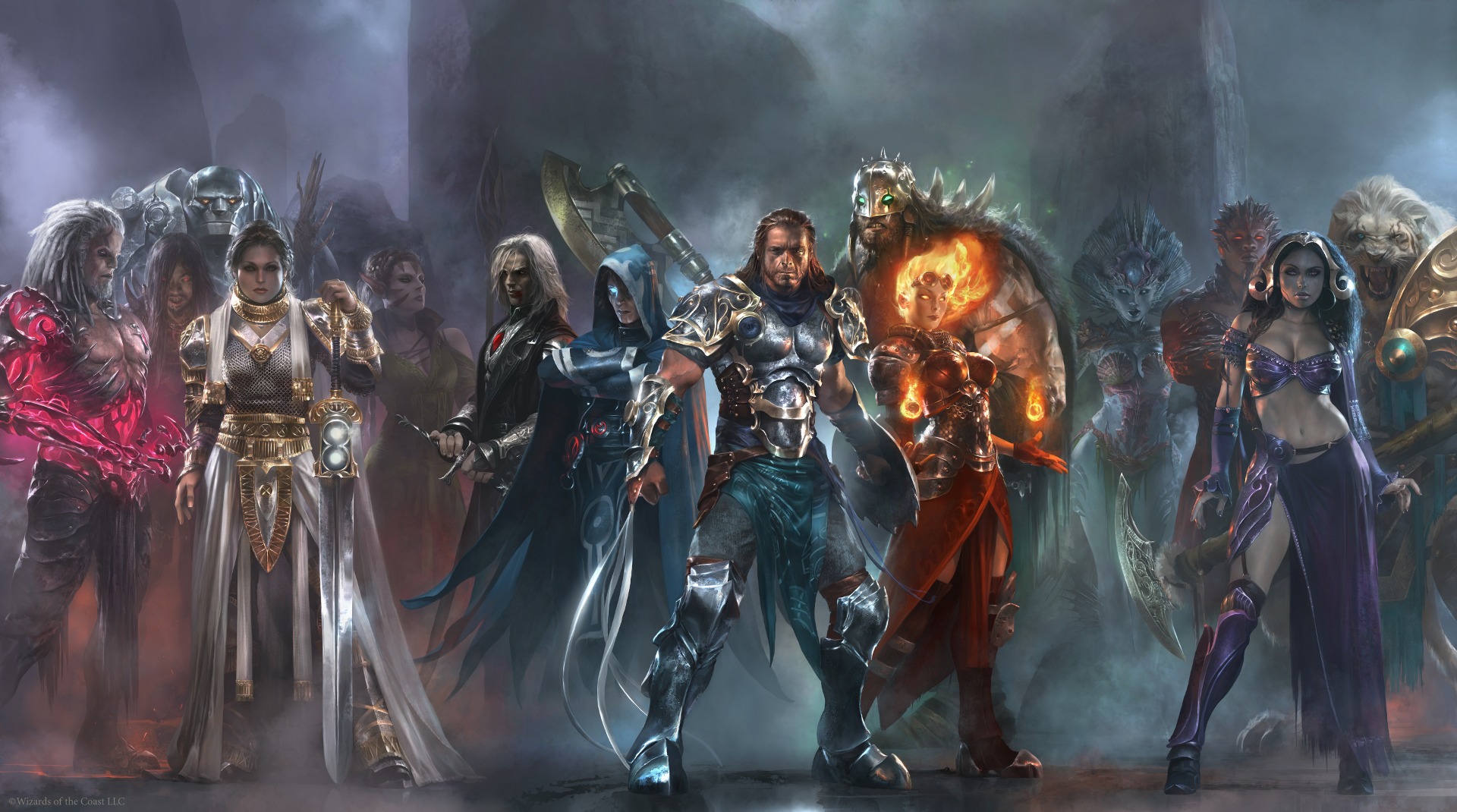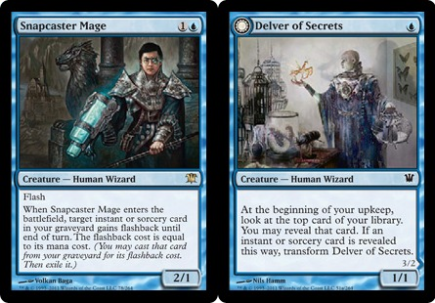History is littered with stories of attempts to address or, depending on who was pitching the attempt to the public, “fix,” things that only made the situation worse. I don’t think I need to list any here: we’d be here all day, and you undoubtedly know better than me which ones loom largest in your own mental landscape. In the global sense, the question of whether Magic’s spells or creatures were stronger or more worthwhile is probably not the most major, but it is still significant to many of us.
For years, we’ve been told that creatures have “always sucked.” There are many things that people have disputed about this assessment; I’m going to point out that these declarations of suckitude are coming from the same people who didn’t realize that Bitterblossom or Jace the Mind Sculptor were broken beyond belief. Still, when it comes from people whose job is supposedly to know everything about Magic, it comes across as authoritative, and it seems to have led to some of us questioning our own experience and the evidence of history (remember when we thought they were insane for printing Loxodon Hierarch and Watchwolf?). It has also led to a perception by some people that creatures that “only” attack or block aren’t good enough unless they’re super-ridiculous in and of themselves (Baneslayer Angel).
The inflation in comes-into-play abilities has troubling implications for Magic design. Attacking and blocking may be a fundamental and thus seem somewhat mundane, but it is the thing that makes creatures unique, and when a higher proportion of them act like spells that also put a token into play, it makes the game feel like it’s more about spells, and less about combat. If, as some people describe it, playing creatures was a “losing proposition” in past eras, it’s not better now, because a lot of decks are playing things that aren’t creatures in spirit.
The issue isn’t that creatures should never have abilities that affect the game state beyond combat: they certainly can, and there should probably be a few in each set. But using this as a wholesale tactic to make creatures “good” is lazy design and is leading to unchecked power inflation. Personally, I wouldn’t mind going back to creatures along the lines of Dakmor Sorceress and Sea Drake, but even if your preferences lie elsewhere, you should be concerned. It’s one thing when you can exploit mechanics in a single-player game like Skyrim to make a weapon that can kill anything in the game in one hit: you can choose not to use it when you realize it isn’t fun. How would you feel if that kind of power could be foisted on you by another player without your knowledge or consent?

